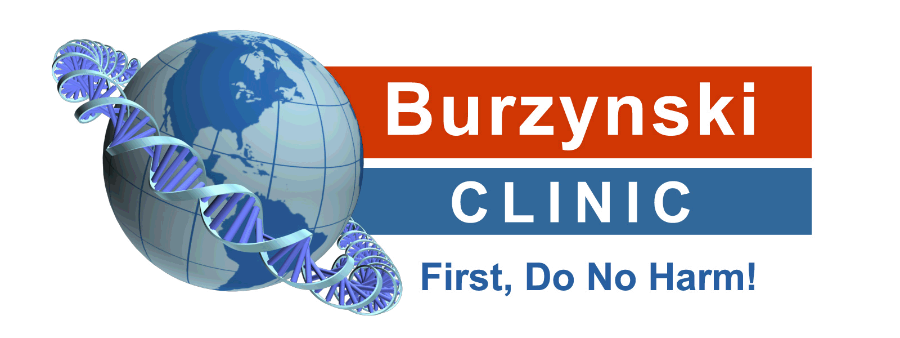Personalized Glioma Treatment Insights at Burzynski Clinic
Tuesday, May 20, 2025 | By: Burzynski Clinic
Did you know that recent studies reveal preclinical data showing that specific compounds can affect over 100 genetic targets involved in the development of high-grade glioma? This insight is crucial for anyone looking to understand the complexities of cancer treatment, particularly those facing the daunting diagnosis of high-grade gliomas. In this comprehensive guide, we’ll explore the implications of these findings, the potential for personalized treatment options, and the remarkable therapies that could change the way we approach oncologic care. Get ready to uncover valuable information that could alter the landscape of cancer treatment forever.
Understanding Gliomas: An Overview
Gliomas remain one of the most challenging types of brain cancer to treat. They originate in the glial cells of the brain and can range from low-grade to high-grade tumors, with high-grade gliomas exhibiting aggressive growth patterns and poor prognoses. The complexity of this disease lies in its genetic and molecular makeup, which varies significantly from patient to patient. In recent years, advancements in research, including preclinical studies, have begun to shed light on the multifaceted nature of gliomas and offer hope for better therapeutic strategies.
The Role of Preclinical Data
Preclinical data refers to research conducted prior to clinical trials that helps researchers understand the basic biology of a disease. For gliomas, this data is essential in identifying genetic targets that impact tumor growth and progression. One such study has suggested that compounds PG (Proline Glycine) and PN (Phenylalanine Nicotinamide) target over 100 genetic pathways involved in glioma development. This is a significant breakthrough that can inform future treatment strategies, making it essential for oncologists and patients alike to comprehend.
What Are PG and PN?
PG and PN are peptide derivatives derived from natural sources that have shown promise in combatting gliomas through various pathways, including apoptosis (programmed cell death) and cell cycle regulation. These compounds are not conventional therapies but represent an innovative approach toward targeted cancer treatment. Understanding their mechanism of action is crucial for developing personalized treatment plans.
The Significance of Genetic Targets
By focusing on over 100 genetic targets affected by PG and PN, researchers can deepen their understanding of glioma biology. The goal is to develop targeted therapies that specifically inhibit tumor growth while minimizing damage to healthy cells. This approach contrasts with traditional treatments that often involve broader methods such as chemotherapy and radiation, which can lead to deteriorating side effects and impact quality of life.
Compounds in Preclinical Testing
While PG and PN are recognized for their potential in glioma treatment, ongoing studies continue to evaluate their effectiveness in various models. These initiatives are crucial for determining proper dosing, treatment schedules, and potential combinations with existing therapies. With the landscape of oncologic care evolving rapidly, staying informed about these developments can empower patients and families.
Personalized Cancer Treatment: What It Means for Patients
At the core of effective cancer treatment lies the principle of personalization. High-grade glioma patients can experience unique pathways and responses to treatment. Thus, a one-size-fits-all approach is frequently ineffective. Personalized cancer treatment plans, informed by genetic profiling and preclinical data, can significantly enhance therapeutic outcomes. Patients should engage their healthcare providers about genetic testing and how such information can be leveraged to tailor treatments.
The Future of Glioma Treatment
While traditional methods provide foundational support for treating gliomas, the future lies in innovative therapies informed by preclinical research and genetic understanding. The promising nature of compounds like PG and PN underscores the necessity of rigorous testing and exploration of novel treatment avenues.
Continuing to engage in discussions about the prospects of personalized therapy involves collaboration between researchers, oncologists, and patients.
The Importance of Ongoing Research
The landscape of cancer treatment is ever-evolving. Ongoing research into compounds like PG and PN sheds light on potential strategies that could significantly alter future glioma therapies. As researchers continue to find connections between these compounds and various genetic targets, it is crucial that patients remain informed, proactive in their treatment journey, and engaged with their healthcare professionals about emerging therapies.
Conclusion: What Comes Next?
The exploration of preclinical data in understanding high-grade gliomas reveals essential insights into tailoring therapies based on genetic markers. By focusing on the intricacies of personalized treatment and emerging compounds, patients can take charge of their health decisions and optimize pathways to recovery. For those facing a glioma diagnosis: enlist the support of your loved ones, connect with oncologists familiar with the latest developments, and stay informed about potential therapies that can make a difference. Remember, you are not alone on this journey, and options like PG and PN may pave the way for a brighter future.

